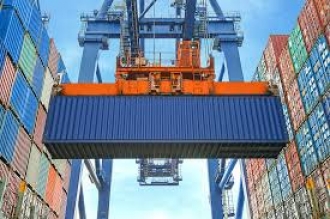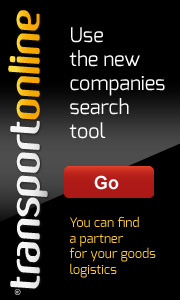Search Company:

July 1 came and went without the major disruptions many shippers feared.
After months of hand-wringing over the SOLAS container weighing rule, July 1 came and went without the major disruptions many shippers feared.
U.S. marine terminals’ last-minute rallying around existing weighing services, global operators’ weighing services for those exporting outside the U.S. and a regulatory grace period made the rollout of International Maritime Organization rule akin to the much-feared but innocuous Y2K. Although this was good news for shippers and the ocean carriers that depend on them, the run-up to the new rule obliging carriers to only load containers with gross mass declarations was anything but smooth.
While “just-in-time” distribution might work for shippers trying to keep inventories low, it is no way for an industry upon which global trade relies to come together. Instead of writing it off as “that’s the way the industry works,” consider these lessons that the scrambling to meet SOLAS rule revealed.
- IMO rules do not just appear magically. The industry has known since May 2014, when the 62 signatories of the Safety of Life at Sea treaty approved the amendment requiring the VGM, that they would have to be ready by July 1. It is understandable that carriers and terminals would want to create a common approach to avoid adding to the myopic patchwork of SOLAS implementation globally, but the stunted response only escalated shipper anxiety.
- Be at the table. Some shippers criticized the Global Shippers’ Forum for endorsing the verified gross mass proposal when it helped to create the new rule. But the GSF, which serves as an umbrella for national shipper groups, including the National Industrial Transportation League in the U.S., was not only at the table but also lobbied to allow shippers to generate the VGM by weighing goods and dunnage separately, and then adding the tare weight of the container — the so-called second method of verification.
- Think creatively and keep the pressure on. U.S. exporters owe South Carolina Ports Authority President and CEO Jim Newsome plenty of gratitude for seeing that existing weighing processes to meet federal rules could provide a streamlined approach to generating VGMs. Without the Agriculture Transportation Coalition trumpeting this approach and pressuring the U.S. Coast Guard to give terminals and carriers the legal cover via its declaration of equivalency, exporters would have far more to worry about than the strong U.S. dollar and weak global demand.
- Do not count on Congress. House and Senate subcommittees may have put some pressure on the Coast Guard to issue a declaration of equivalency, but they showed little appetite in getting very involved. Part of that was owing to Congress’s limited power in influencing an IMO rule that already had been signed, but maritime matters, particularly complicated ones, do not have much of a draw for oft-distracted — and sometimes uninformed — legislators. Fortunately, the Federal Maritime Commission stepped up by hosting a Coast Guard workshop on the issue and bringing different sides to the table. Read more
Source: JOC.COM




